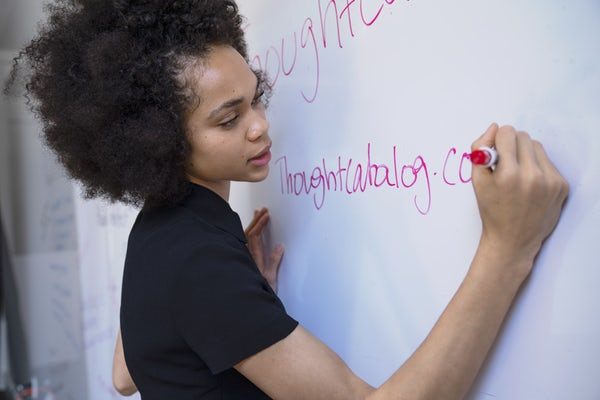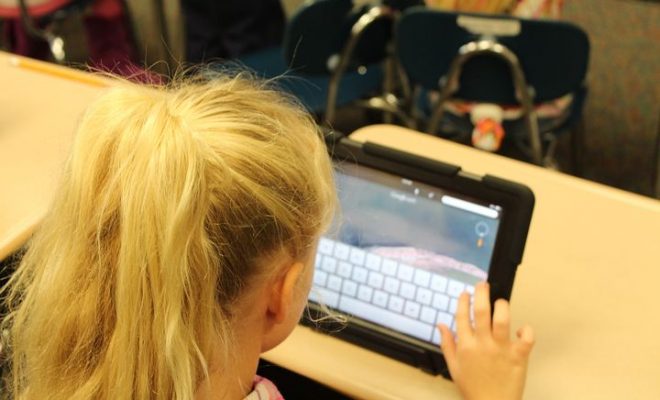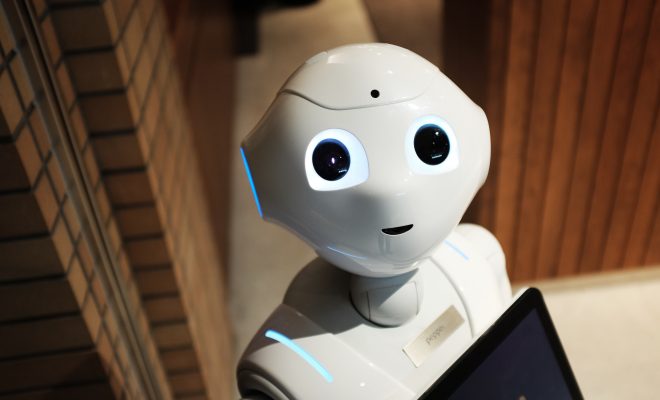Using “Deep Learning” To Foster “Deeper Learning”

When we teach students, the hope is that they will use their knowledge for the rest of their lives. However, this isn’t always the case. In more recent years, there’s been a higher focus on what’s called “deep learning.” Deep learning is described as a method of learning so that one piece of knowledge can be used in another subject. For example, if a child is taught critical thinking in terms of historical events, deep learning would imply that the child could use the same critical thinking in their day-to-day lives.
How deep learning is taught
Many teachers are teaching their children everything that will be on standardized tests. While this isn’t hard, many students learn to solve specific problems or recite specific facts without being able to apply critical thinking skills, deeper learning thinking, or problem-solving. Teaching students history facts or math problems without applying it to regular life and making a child think about why they are learning this isn’t helpful to their development.
That’s why many educational institutions have turned to deep learning for deeper learning. Deep learning is a subset of machine learning, and it’s called deep because of the many layers that are included in the learning process. It starts with a teacher that is knowledgeable about deep learning. They want their students to learn beyond the regular standardized tests. In deep learning, students are more engaged in the process and able to ask questions. They will participate in activities and challenges that are complex. This may include coding or analyzing data.
Future benefits of deep learning
The majority of schools today are focused on the here and now. They want their students to pass tests and show that they are learning. However, no one remembers the volume or area formulas twenty years from when they learn it. But, they would remember deep learning. While deep learning may not produce immediate results, the end goal is worth it.
Living in today’s complex world requires more than just a few formulas. It requires students to think deeper about the problems plaguing society and come up with solutions that may not be as cut and dry as a math problem. By allowing students to ask questions and really think about the learning that they are presented, students are taking a front seat in their own education.
Many people worry that teaching deep learning could lead to lower grades and less understanding when it comes to standardized tests. While standardized tests aren’t nearly as important as they may seem, they still matter to school districts. Thankfully, research has shown differently. When students were given a self-reflective education in deep learning versus traditional learning, their grades did not suffer. Instead, the students who were taught deep learning will have better critical thinking skills to take with them after they graduate.
Concluding thoughts
Deep learning is becoming more popular thanks to the benefits it gives students in their daily lives. As students and the world change, education should reflect that. Giving the same standard education that is low on problem-solving will not help. Children today need better critical thinking skills, and deep learning is one way to help foster that.






